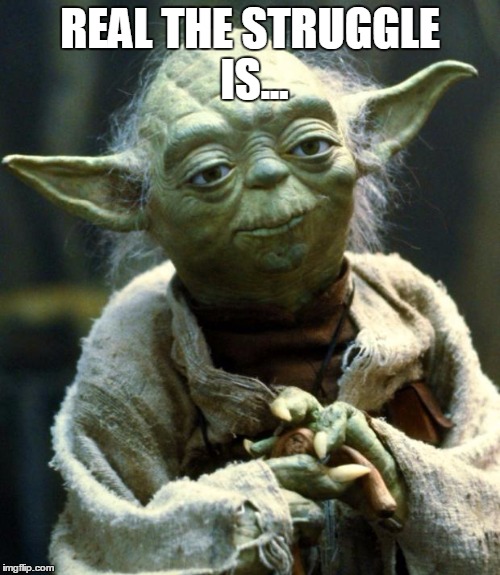Or “What’s the story behind that?”
For an interpreter learning a new resource, these can be dreaded questions?…but many times these are the moments and the questions that push us to learn more, so we have the answer…next time.
I’ve recently come across a very cool tool that has the possibility to be used in multiple ways within interpretation. The format = Thinglink! Photos and videos can now be interactive, and can be given an deeper understanding. I borrowed this photo from a friend, she labeled it, “The Ranger Table”. I gave it more context with Thinglink.
**My apologies…due to the limitations of OSU WordPress, a Thinglink embedding is not possible. Here is the link to the interactive version of the below photo.
I could see using this at museums or historic sites as a training tool; creating an interactive educational resource to find the stories behind the artifacts. Maybe, even creating interactive resource for visitors that may never have the opportunity to visit in person. It also makes many resources available to those that might have mobility or accessibility issues.
What do you think? Is anyone using similar technology?


 cial media site. …but, I can create groups, say of coworkers, and we can share sites found while working on a project, that would make it a collaborative site. So, is Diigo a social media site or a collaborative site? See the struggle?
cial media site. …but, I can create groups, say of coworkers, and we can share sites found while working on a project, that would make it a collaborative site. So, is Diigo a social media site or a collaborative site? See the struggle?
